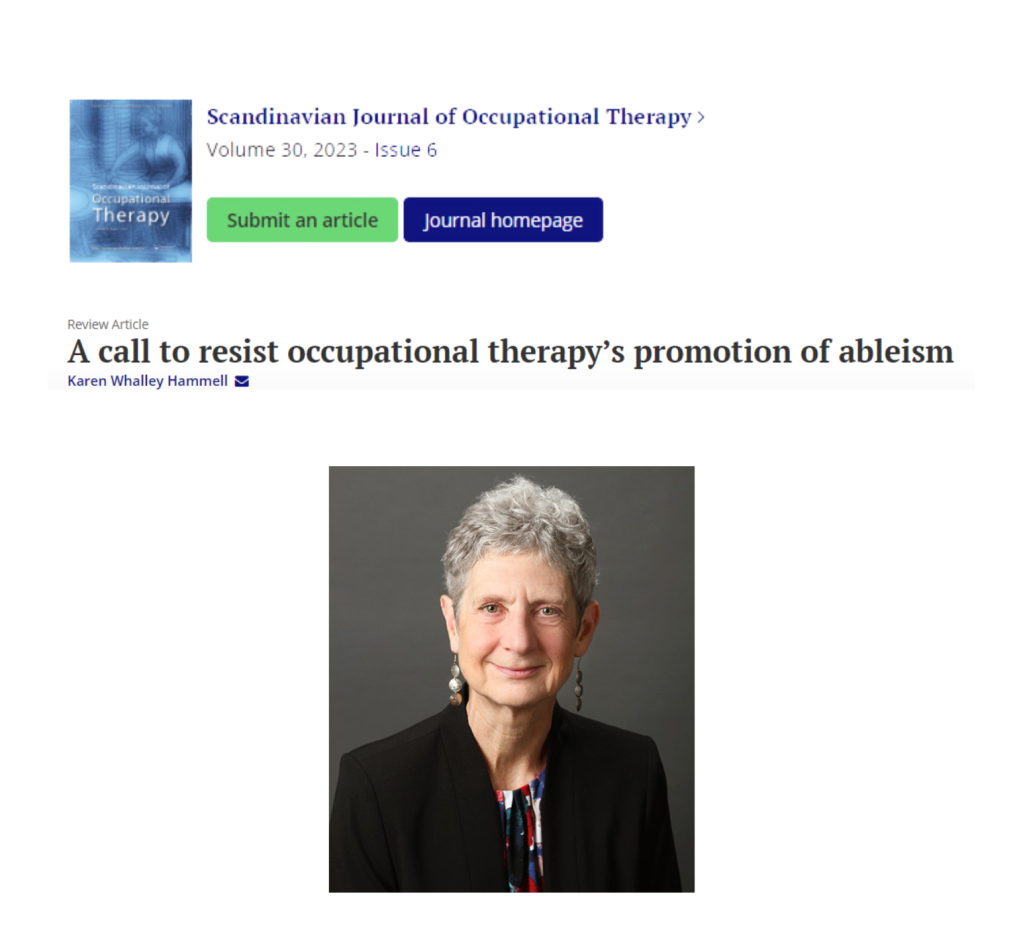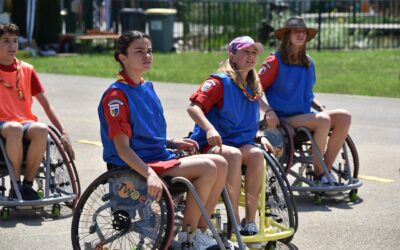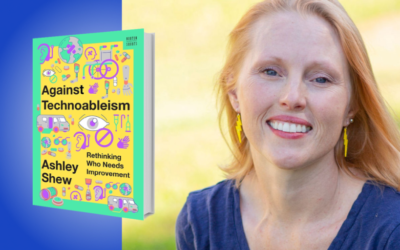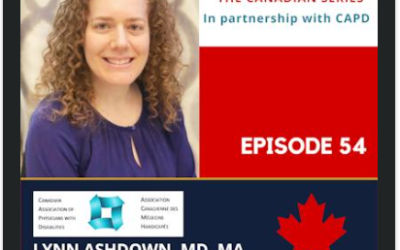Written by admin
This article brings up a number of crucial points with respect to ableism in the health professions, specifically occupational therapists. In this article, ableism is referred to as “an ideology that views typical (usual) bodies, minds and abilities as superior, portrays impairments as inherently negative, and those with impairments as both inferior and flawed. The ideology of ableism informs social practices that centre and privilege specific able-bodied forms ‘norms’); creating and justifying the unfair and unearned advantages and opportunities accruing to those ‘able’ or amenable to conform to these constructed norms”.

Hammell, K.W., A call to resist occupational therapy’s promotion of ableism. Scandinavian Journal of Occupational Therapy, 2023. 30(6): p. 745-757
As occupational therapy (OT) is considered one of the helping professions grounded in providing people with disabilities ways and means to regain function, it is surprising that these professionals would be “accused” of being ableist. But let’s look at this thought. OT is directed to “fixing” people to make them as “normal” as possible. This is manifested through typical assessments that rate people on scales where “normal” is the ideal and other states are “inferior” and by then applying therapies to “normalize” the person. The author’s thesis, is that the very acts of improving peoples’ abilities assumes that disabled persons wish to conform to able-bodies norms.
The thesis underlying this article is that the profession of OT (and this could be generalized to other rehabilitation professions) has been insulated from this challenging perspective, that the profession of OT has core ablest values, and its professional practices can contribute to the marginalization and oppression of disabled people. The author contends that ableism is so deeply embedded within the OT culture that it is not recognized and if not recognized it will be neither contested nor resisted.
Ableist views are also manifested through the wide adoption by the rehabilitation community of the World Health Organization’s International Classification of Functioning, Disability, and Health (ICF) which “classifies” people according to what they can and cannot do. While the ICF considers both function and disability, people are still classified according to how far away they are from normal.
An example of the dangers of classification is that during the COVID 19 pandemic disabled people were identified within triage protocols as being among those least deserving of intensive care resources. This triage was based on the ablest assumption that death from COVID-19 would be likely among those unable. These triage protocols reflected a domination (hegemonic) narrative that disabled people are among the least valuable least grievable members of society. Therapists would have contributed or have conducted this classification.
An ableist agenda places the ‘problem’ of disability in ‘people with disabilities’ and that it is the responsibility of individuals to strive for higher levels of function. This deflects the focus away from addressing the institutional and attitudinal barriers that disable people with abilities differing from valued social norms. People may be profoundly disabled in some places and spaces and not at all disabled in others.
Annotator’s note: The importance of this article is to point out that in the aim of “doing good”, it is possible to “do harm”. Being aware of ableist tendencies can be used to guide therapists away from “treating” people with disabilities to “facilitating” people with disabilities to achieve what is meaningful to them.
Annotated by Nancy Mayo
Related Articles
Related
Here are some dos and don’ts to help tackle ableism
Throughout the course of our careers and lived experiences, we have seen the daily ableism people living with disabilities contend with. As professors of education and disability ethics, we have put together the following list of dos and don’ts.
Against Technoableism: Rethinking Who Needs Improvement
If you only read one scholarly work on ableism, read this book. Ashley Shew shares with us her voyage through multiple pathways from able to disabled. She chronicles her unique personal experience, situates this within a strong academic framework, and provides...
The story of Dr. Lynn Ashdown
In this episode, we are joined by Dr. Lynn Ashdown, a patient experience expert who advocates for the inclusion of patients in all levels of healthcare. Dr. Ashdown obtained her medical degree from The University of Ottawa and began her residency in family medicine...



